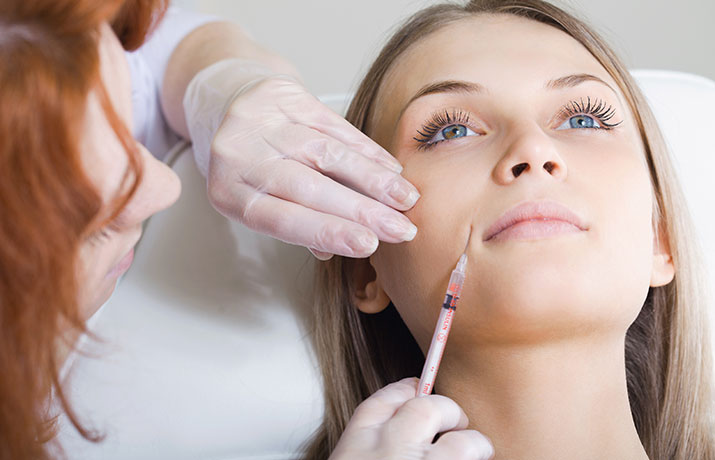Keywords: Obstructive sleep apnea, apnea-hypopnea index (AHI)
This review, which consists of 21 publications describe 320 patients treated with oral appliances for snoring and obstructive sleep apnea. Although the designs of the appliances vary, the clinical effects are consistent. Snoring is improved and often eliminated in almost all patients who use oral appliances. Dr. Stan Farrell, a member of the American Academy of Dental Sleep Medicine and board certified with the American Board of Orofacial Pain, has extensive training in treating sleep apnea. Dr. Farrell seeks to greatly reduce your apnea/hypopnea index (AHI) in mild to moderate cases through the use of an oral appliance. Much of our continued success is due to AZ TMJ Dental Lab, which is operated in-house with top tier personal who oversee the design and fabrication of our splints. If you think you might be suffering from obstructive sleep apnea, call Dr. Farrell at 480-945-3629 to set your consultation and visit AZ TMJ at www.aztmj.com.
Wolfgang Schmidt-Nowara, Alan Lowe, Laurel Wiegand, Rosalind Cartwright, Francisco Perez-Guerra and Stuart Menn
Abstract:
Summary: This paper, which has been reviewed and approved by the Board of Directors of the American Sleep Disorders Association, provides the background for the Standards of Practice Committee’s parameters for the practice of sleep medicine in North America. The 21 publications selected for this review describe 320 patients treated with oral appliances for snoring and obstructive sleep apnea. The appliances modify the upper airway by changing the posture of the mandible and tongue. Despite considerable variation in the design of these appliances, the clinical effects are remarkably consistent. Snoring is improved and often eliminated in almost all patients who use oral appliances. Obstructive sleep apnea improves in the majority of patients; the mean apnea-hypopnea index (AHI) in this group of patients was reduced from 47 to 19. Approximately half of treated patients achieved an AHI of < 10; however, as many as 40% of those treated were left with significantly elevated AHIs. Improvement in sleep quality and sleepiness reflects the effect on breathing. Limited follow-up data indicate that oral discomfort is a common but tolerable side effect, that dental and mandibular complications appear to be uncommon and that long-term compliance varies from 50% to 100% of patients.

